No One Can Reach The Bottom Of The Ocean’s Deepest Blue Hole
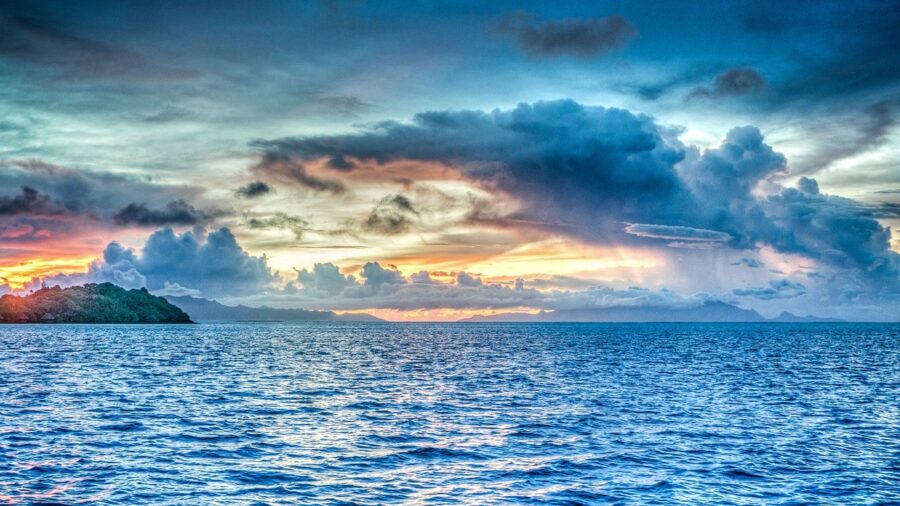
Discovered by a local unassuming diver in 2003, Chetumal Bay’s Taam Ja’ blue hole has recently been revealed to be the deepest ever recorded.
How They’re Formed
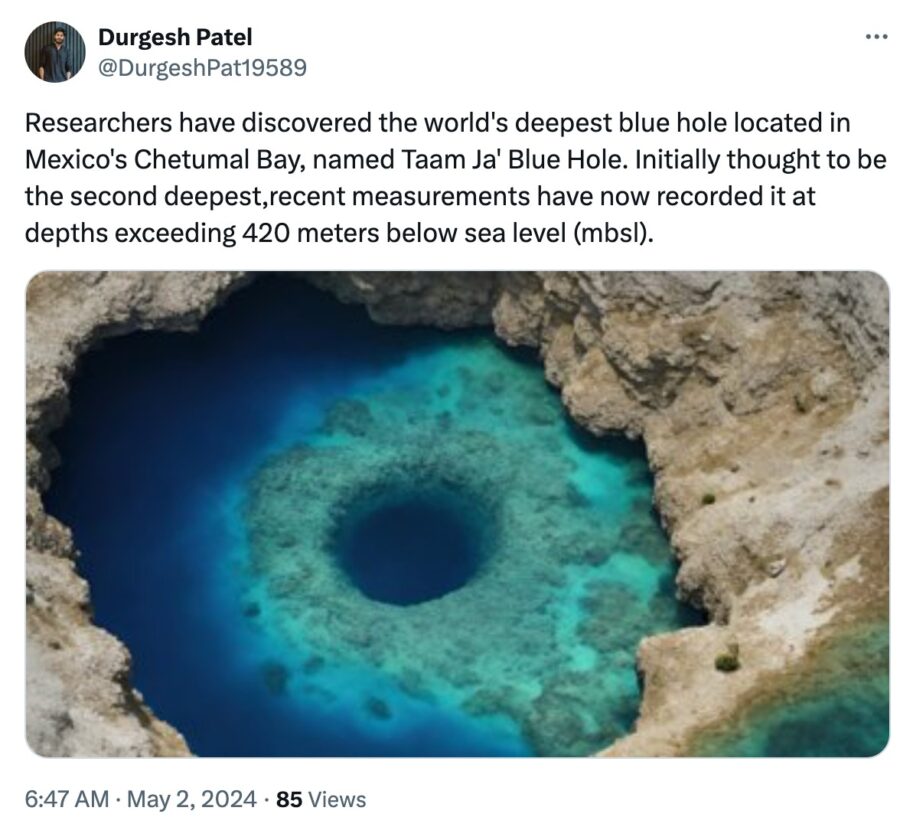
The formation of blue holes, in itself, is a fascinating feat of nature. During the ice age, the formation of ice caps caused sea levels to slowly drop, the freshwater then ate away at the limestone rock resulting in the formation of deep underground caves.
When the ice caps eventually melted and the sea levels again began to rise, these caves filled with water, forming what we know today as “blue holes”.
No Bottom Just Yet
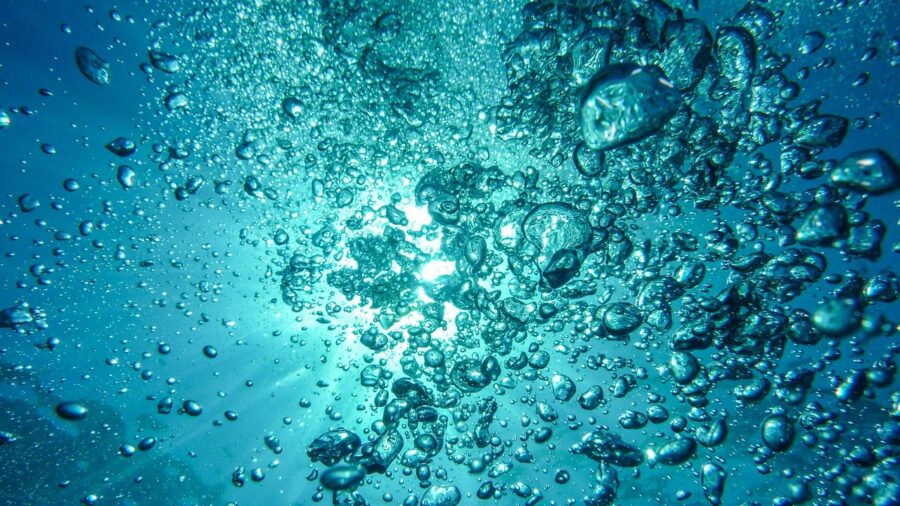
While many blue holes have been discovered and charted what sets the Taam Ja’ blue hole apart is the fact that we still have not found the bottom.
Presently, we can only use our imagination to ponder what lies down deep. However, hopefully not for long, as researchers are currently dedicating themselves to solving the mystery of Taam Ja’.
The Study
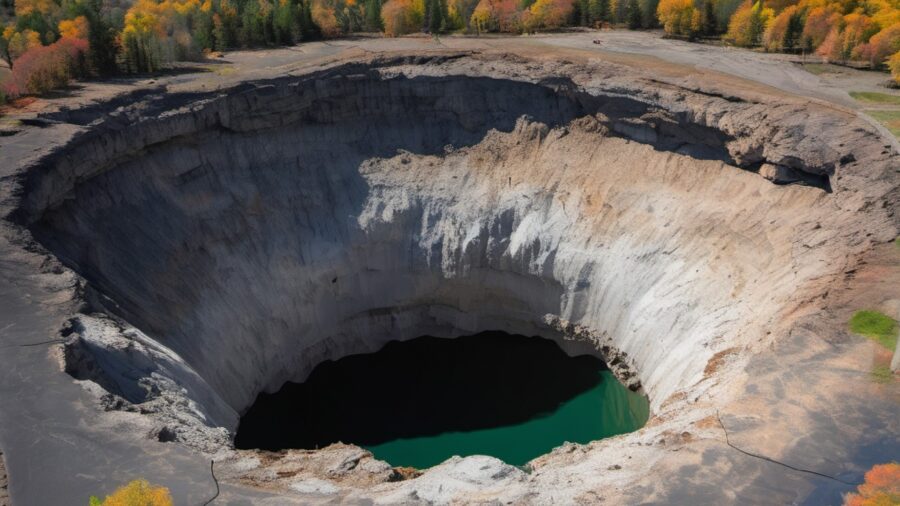
Alcérreca-Huerta et al. published a research paper titled “Recent records of thermohaline profiles and water depth in the Taam ja’ Blue Hole (Chetumal Bay, Mexico).” They revealed that while using an echo sounder they recorded that the blue hole’s depth reached at least 899 feet below sea level.
However, the acoustic waves used could only penetrate down to 900 feet, meaning that the equipment they used was simply not powerful enough to properly assess the secrets of the Taam Ja’ blue hole.
A Lot Of Work Remains
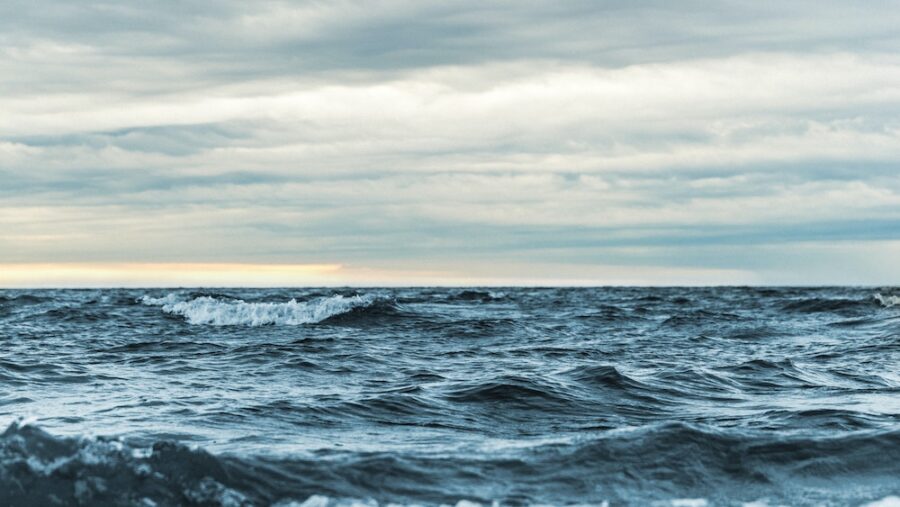
Later on, with the addition of a CTD (conductivity, temperature, and depth) device, the researchers could finally revisit the Taam Ja’ e. This time the instrument recorded the blue hole’s depth at 1,377 feet below sea level but, to much surprise, the end still was not in sight.
So, although this expedition solidified Taam Ja’ as the deepest blue hole ever discovered, much work remains to uncover the full size of the structure.
This may be a much more daunting task than originally assumed as measurements from Taam Ja’ revealed that the water conditions closely resemble those of blue holes in the Caribbean Sea, all of which connect to intricate cave systems.
Biodiversity
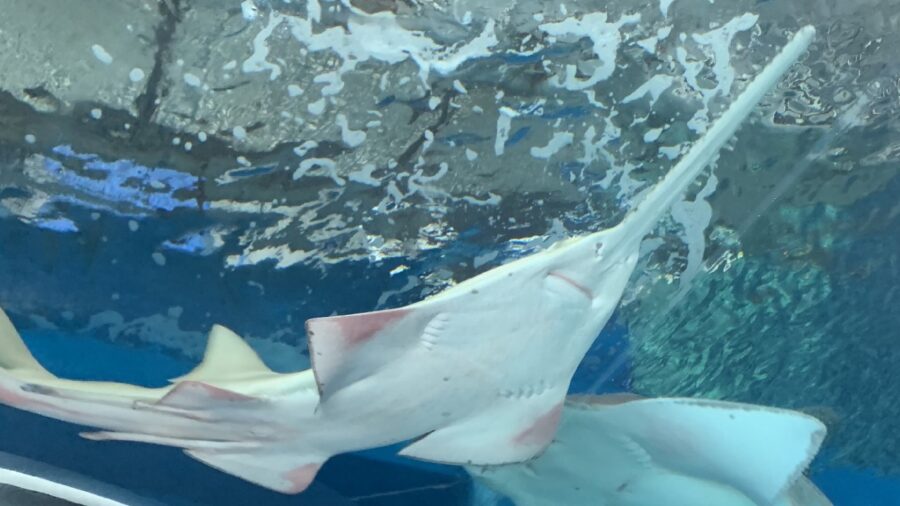
Teeming with unique biodiversity and geological processes blue holes are considered highly valuable. On a barren seafloor, they serve as an oasis and community for marine creatures and fuel primary production for organisms sitting above them.
Research conducted on these phenomena is crucial to our understanding of our oceans and it’s inhabitants. Efforts continue, but the lack of accessibility has been a hard barrier to overcome.
The Future
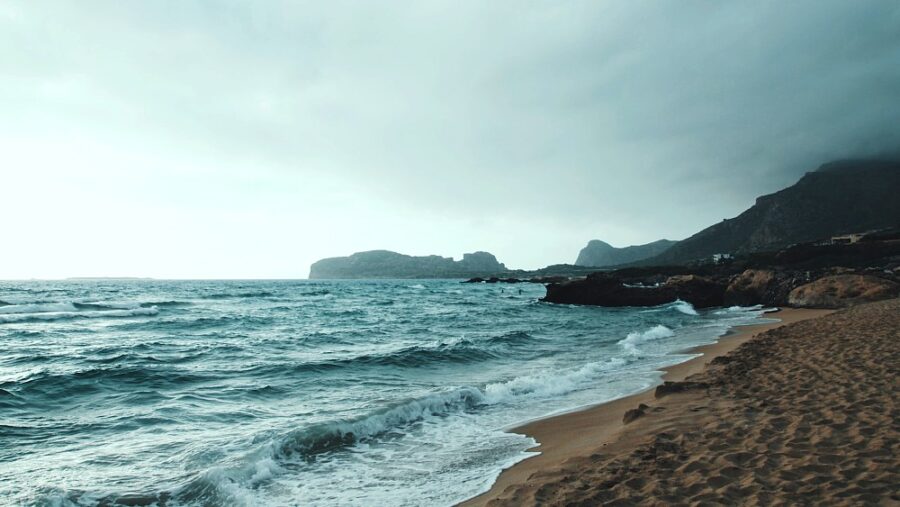
As for the future of the Taam Ja’ blue hole, more exploration is needed. The use of robots or drones to help measure the depth has been pitched but there has been no recent news on if or when that will occur.
It is also unclear if an automated submersible would even be able to fit, let alone maneuver, through the spaces. So for now, we will continue patiently sitting and waiting to see what the mysteries of the Taam Ja’ blue hole will hold.
Source: Frontiers










